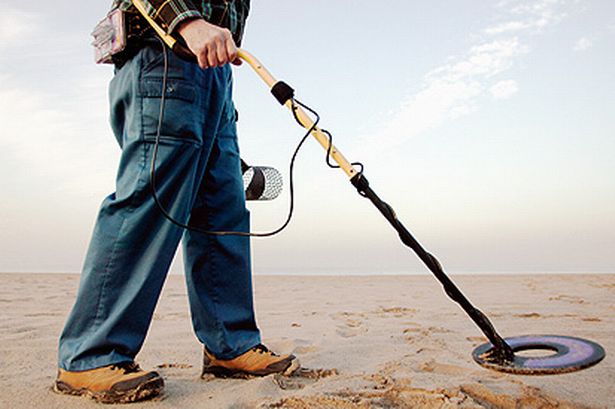Remember, a few days back we talked about creating metal detectors on your own. And today we are going to talk about testing the metal detectors. In first sight, it seems testing a metal detector is a simple task but it’s not. The first thing you can do is burying a few coins in some holes and testing by what depth these can be detected. If you do this on a regular basis, the practice might not be a very smooth and simple one. Usual literature sources try to stay away from such tests and recommend air tests most of which are completely vague. You might not be knowing this but most coins that are being minted these days have steel in them. A steel sheet is flattened and then covered with a fine layer of copper. About two-third of coins in US and UK have been replaced by these kind of coins. If you are selecting some coins for this purpose, it is best that you use a magnet to spot the steel coins. In case you are looking for copper coins then it is best to use 1p and 2p coins for detector testing.

Whether you are looking forward to test a few single coins or a complete hoard of it, it is advised to dig a hole with smallest diameter. It will help in keeping the detector from detecting the hole. If you dig a larger hole for the jar and bury it there, you will see that the detector is still detecting that part of soil where it was disturbed. The best place to perform this task is to take that part of your lawn that isn’t contaminated with any kind of junk. You can start by burying coins at a distance of 60cms in a row. Always check the ground with detector to check if there is any junk in that piece of land or not. If the ground is damp or grass is wet cut it with a knife and then dig the hole with a spoon any similar kind of tool. In a few years, it will become a perfect patch for any kind of metal detector test. It is advised to take a note about the depth at which the coins have been buried. It is possible you might forget it later on. You can start by placing the first coin at a depth of 50mm and then gradually going down by 25mm with every next coin.
Another suitable method for testing individual coins is to keep test plugs as given below. The main idea is to place a bullet shaped hard wood case with coin in it. You can be hammered into the ground with hammer or driving rod at a specific depth. The ground needs to be rigid for the survival of plugs. You can always pull the plug back with the help of nylon cord.
Filed Under: Reviews


Questions related to this article?
👉Ask and discuss on EDAboard.com and Electro-Tech-Online.com forums.
Tell Us What You Think!!
You must be logged in to post a comment.